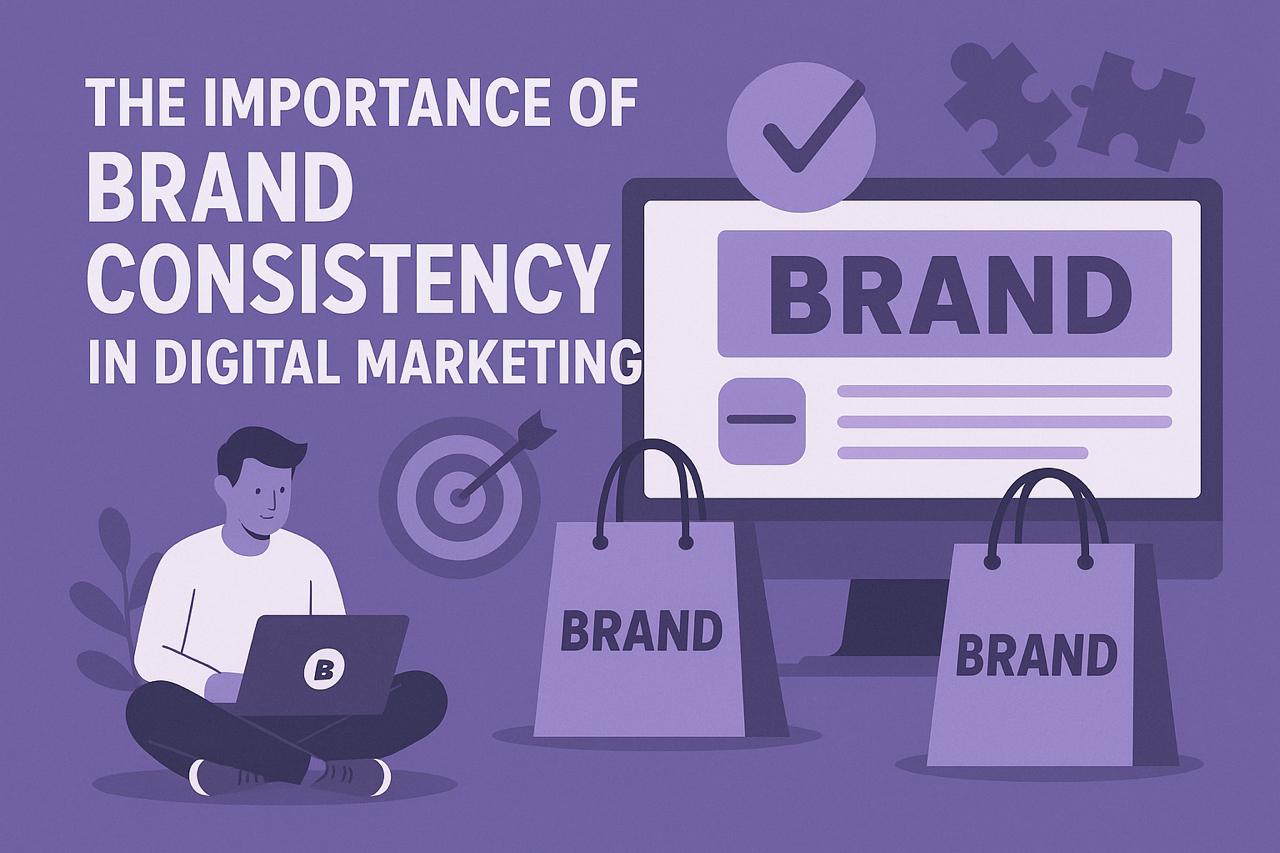How Motion Graphics Enhance Web Design

How Motion Graphics Enhance Web Design
Discover how strategic use of motion graphics can transform your website from static to engaging while improving user experience.
The Power of Motion in Digital Design
In today's digital landscape, static websites are increasingly giving way to dynamic, interactive experiences. Motion graphics have emerged as a powerful tool for designers looking to create memorable and engaging user experiences.
At Geique Tech, we've seen firsthand how thoughtfully implemented motion can transform a website from merely functional to truly exceptional. This article explores the strategic use of motion graphics in web design and how they can enhance both aesthetics and usability.
Why Motion Matters in Web Design
Motion serves several critical functions in modern web design:
- Directing attention to important elements or calls to action
- Providing feedback on user interactions
- Creating continuity between different states or pages
- Establishing hierarchy and relationships between elements
- Enhancing brand personality and emotional connection
"Motion should never be an afterthought. When planned from the beginning of the design process, it becomes an integral part of the user experience, not just decoration."
Types of Motion Graphics in Web Design
1. Micro-interactions
These subtle animations respond to user actions, providing immediate feedback and creating a sense of direct manipulation. Examples include button state changes, form field interactions, and navigation toggles.
Effective micro-interactions share these characteristics:
- They're subtle and purposeful
- They complete quickly (typically under 400ms)
- They reinforce user actions
- They maintain consistency throughout the interface
2. Transitions and Page Animations
These animations help users understand where they are in their journey through a website. They create continuity between different states or pages, reducing cognitive load and making navigation feel seamless.
Key considerations for transitions:
- Maintain spatial relationships between elements across states
- Use consistent timing and easing for similar transitions
- Ensure transitions enhance rather than delay the user experience
3. Scrolling Animations
Scroll-triggered animations create an interactive storytelling experience as users move through content. These can range from simple parallax effects to complex sequences that reveal information progressively.
4. Loading Animations
While we strive to minimize loading times, some delay is sometimes unavoidable. Thoughtful loading animations can make waiting periods feel shorter while reinforcing brand identity.
Best Practices for Motion Graphics
Performance Considerations
Even the most beautiful animations will frustrate users if they cause performance issues. Follow these guidelines to ensure smooth experiences:
- Optimize animations for performance by using properties that don't trigger layout recalculations (prefer transforms and opacity)
- Implement progressive enhancement so basic functionality works even if animations fail
- Test on various devices and connection speeds
- Consider reduced motion preferences for users with vestibular disorders or motion sensitivity
Accessibility and Motion
Inclusive design requires considering users who may be sensitive to motion or using assistive technologies:
- Respect user preferences by implementing the prefers-reduced-motion media query
- Avoid animations that flash or pulse rapidly
- Ensure all information conveyed through motion is also available in static form
Tools and Technologies for Web Motion Graphics
Several technologies make implementing motion graphics more accessible:
- CSS Animations and Transitions: Native browser capabilities for simple animations
- JavaScript Libraries: GSAP, Anime.js, and Framer Motion offer powerful animation capabilities
- SVG Animations: Lightweight, scalable animations ideal for logos and icons
- WebGL: For complex 3D animations and interactive experiences
- Lottie: For implementing complex animations created in After Effects
Case Study: Motion Graphics in Action
One of our recent projects for a technology startup demonstrates the strategic use of motion graphics:
- Subtle micro-interactions provided immediate feedback on all interactive elements
- Page transitions maintained continuity between different sections
- Scroll-triggered animations revealed product features progressively
- Performance optimization ensured smooth experiences across devices
The result was a 27% increase in time on site and a 15% improvement in conversion rate compared to their previous static website.
Conclusion: Motion with Purpose
When implemented thoughtfully, motion graphics can transform web experiences from static presentations to engaging interactions. The key is approaching motion as an integral part of the design process, not an afterthought or decoration.
At Geique Tech, we believe in motion with purpose—animations that enhance usability, communicate information, and create emotional connections while maintaining performance and accessibility.
Related Articles
Enjoyed this article?
Subscribe to our newsletter for more insights on design and technology.

